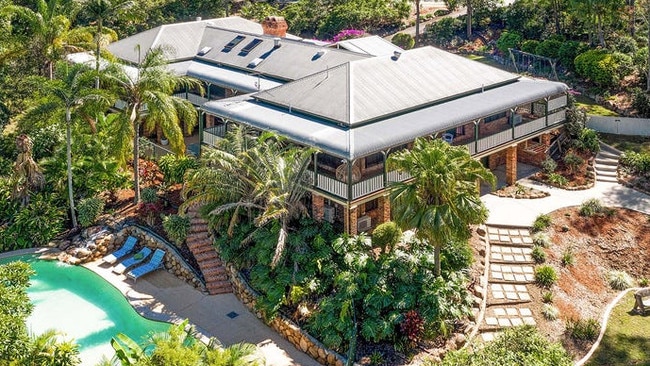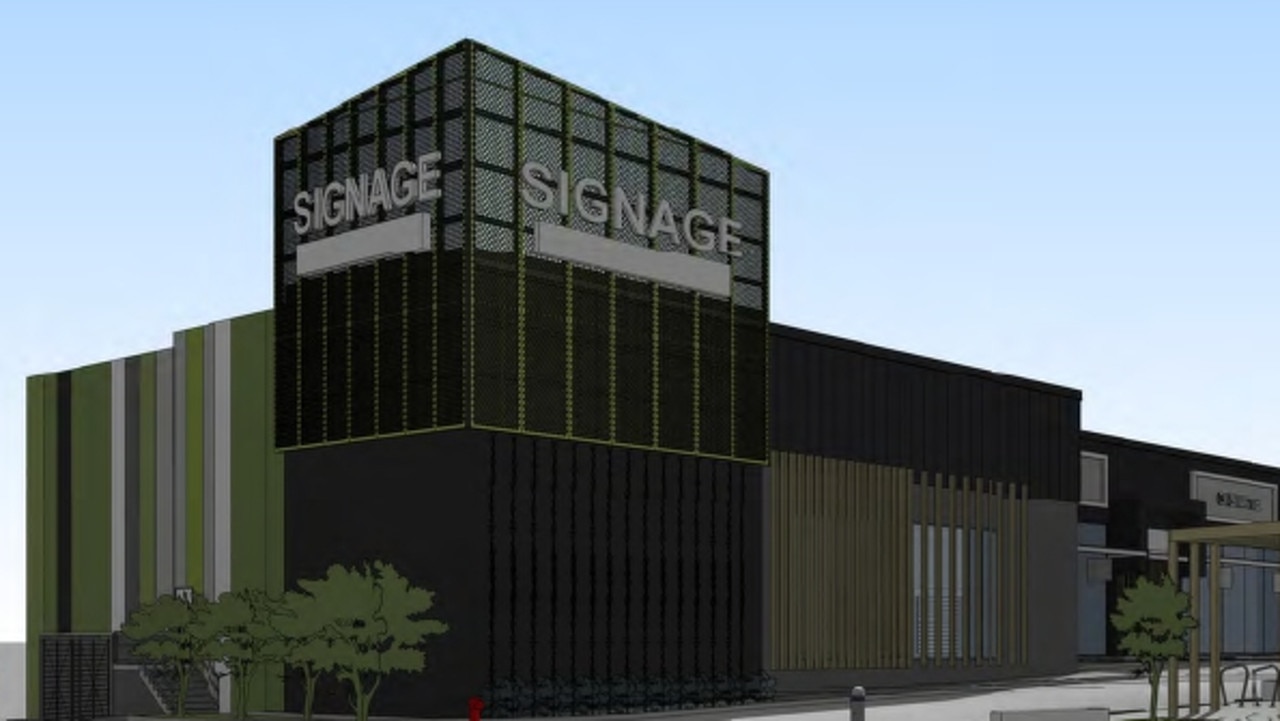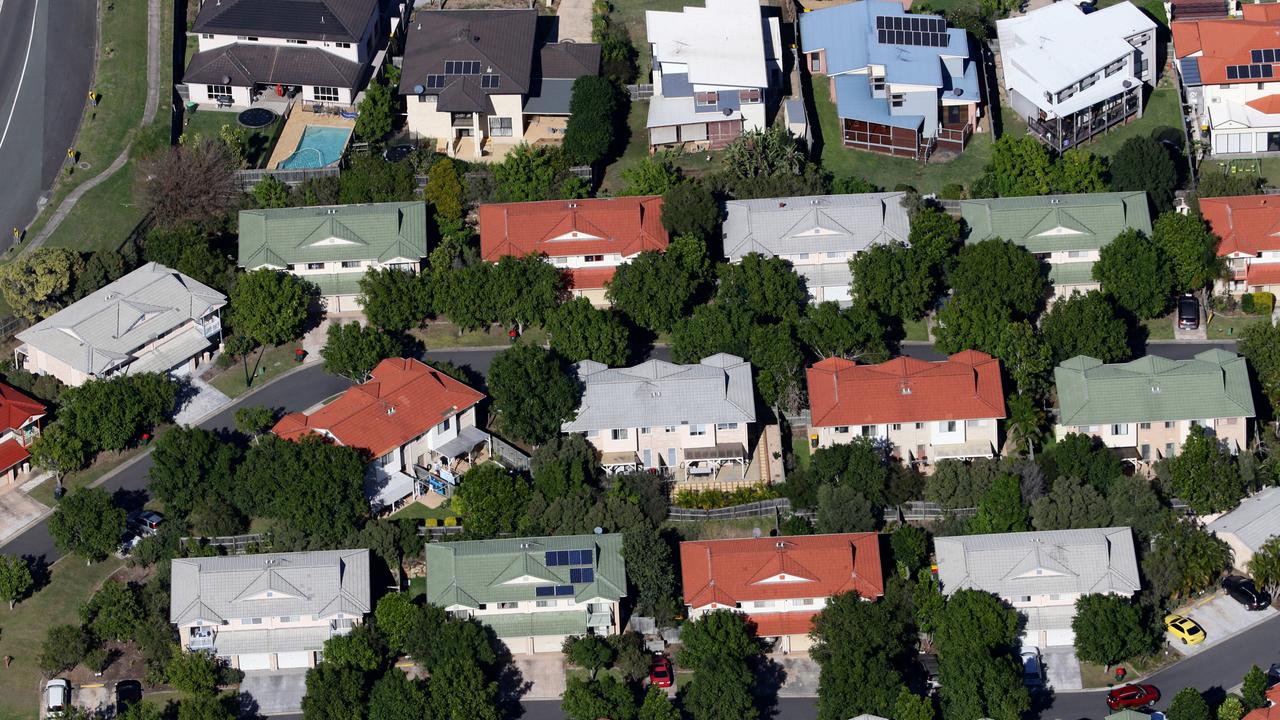Revealed: Every suburb’s median house price
Houses in multiple suburbs across Queensland have risen by up to a quarter of a million dollars after a price boom not seen for at least two decades. How does your suburb rank?
Property
Don't miss out on the headlines from Property. Followed categories will be added to My News.
Homeowners are laughing all the way to the bank after the pandemic-driven property boom added hundreds of thousands of dollars to the value of properties across more than 320 Queensland suburbs, according to an exclusive property report.
House values across more than 150 suburbs in Greater Brisbane alone rose by a “staggering” 30 per cent following price growth not seen for at least two decades.
Experts say the size of the growth and the number of suburbs where house prices rose sharply is “staggering” and it could continue in 2022.
SCROLL DOWN TO SEE THE VALUE OF YOUR HOME
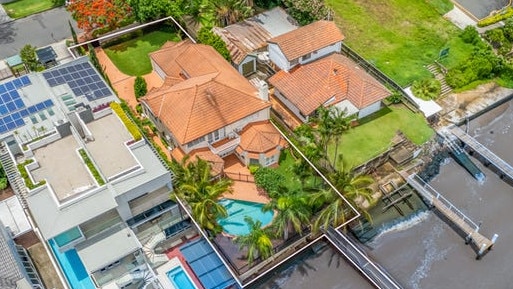
Homeowners in the Brisbane suburb of Hawthorne are, on average, $551,000 richer after the 2021 boom while property owners in once-snubbed Stafford are about a quarter of a million dollars better off, according to property researcher CoreLogic.
The researcher’s latest Home Value Index calculates house price growth across an entire suburb with Clear Mountain, in the Moreton Bay region, increasing by an enormous 47.1 per cent to be the stand out suburb or locality across Greater Brisbane.
Closer to the CBD, the best performer was Everton Hills where there was 40.4 per cent growth in house values or about a quarter of a million per home.
Other major winners were homeowners at Hawthorne (39.9 per cent) followed by Stafford (39), Wavell Heights (39), Newmarket (38.9) and Aspley (38.9).
It’s not just the thirty per cent plus rise in house values that has experts shaking their heads in disbelief but the fact the tsunami of property growth has swept across most of Greater Brisbane, if not the state.
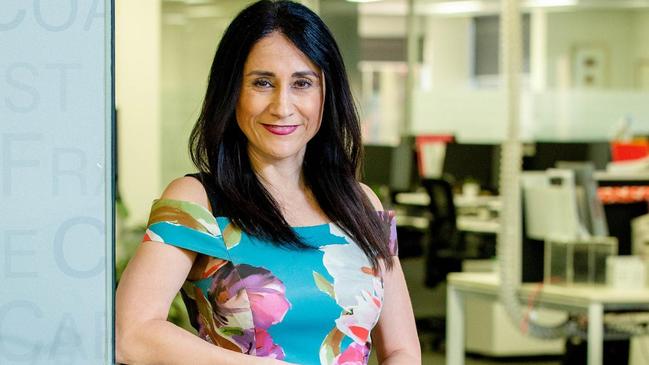
There were 157 suburbs across Greater Brisbane and a further 173 in the rest of the state where house prices exploded by at least 30 per cent.
“It’s a staggering result to consider that many suburbs have experienced that size of the growth,” said Real Estate Institute of Queensland CEO Antonia Mercorella.
“It’s testament to how strong the Queensland market is and how strong it has been over the last 12 months.
“Historically, we would see pockets across Greater Brisbane experiencing strong growth but all parts are on the rise and pretty much our entire state, even regional Queensland, is seeing extraordinary growth as well.”
Some of the best performers in Greater Brisbane were suburbs between 5km and 10km from the CBD after buyers were progressively priced out of the market in suburbs closer to the CBD, says Ms Mercorella.
“We are seeing certain suburbs, because of proximity to the city, becoming increasingly unaffordable with people looking at neighbouring suburbs and that halo effect of price growth spreads,” she said.
The best performer in regional areas, and also across the state, was Ninderry, a rural locality on the Sunshine Coast, with a 51.6 per cent increase in price growth or about $420,000 per home.

Coming in a very close second was Mermaid Beach (50.1) where house prices rose a whopping $800,000, based on the December median.
It’s been at least two decades since Queensland property prices have gone gangbusters, says CoreLogic’s head of Australian residential research, Eliza Owen.
“It’s extraordinary,” Ms Owen said.
“To have such a high concentration of suburbs reaching that growth rate is something we have not seen for a long time across Greater Brisbane and Queensland.
“It’s the highest growth rate since at least the early 2000s.”
A number of factors have attributed to the property boom, not the least interstate migration and record low-interest rates, with first homeowner incentives having also played a role, she said.
“It’s a function of many tailwinds that have been in place,” Ms Owen said.
“Low-interest rates, government incentives to purchase and a higher rate of household savings because of international border closures and positive internal migration trends have been a particularly tailwind for the Queensland housing market.”
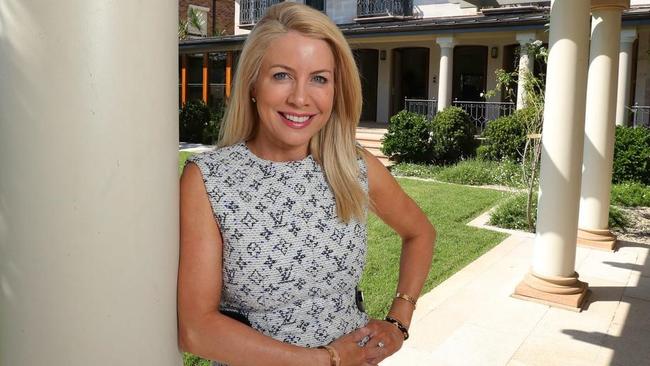
Any sign Brisbane’s property market has started to ease has yet to be seen, said Place’s co-managing director Sarah Hackett.
Over the Christmas holiday period, which is usually one of their quietest times, Place has received an overwhelming number of interstate inquiries, she said.
“It hasn’t stopped, in fact, it has got busier,” Ms Hackett said.
“It got ridiculous last year because we had the lowest stock levels and that means there is probably more growth as there is not enough properties and we have started the year off again with so many interstate inquiries.
“We have never had this many interstate inquiries over the Christmas period.”
